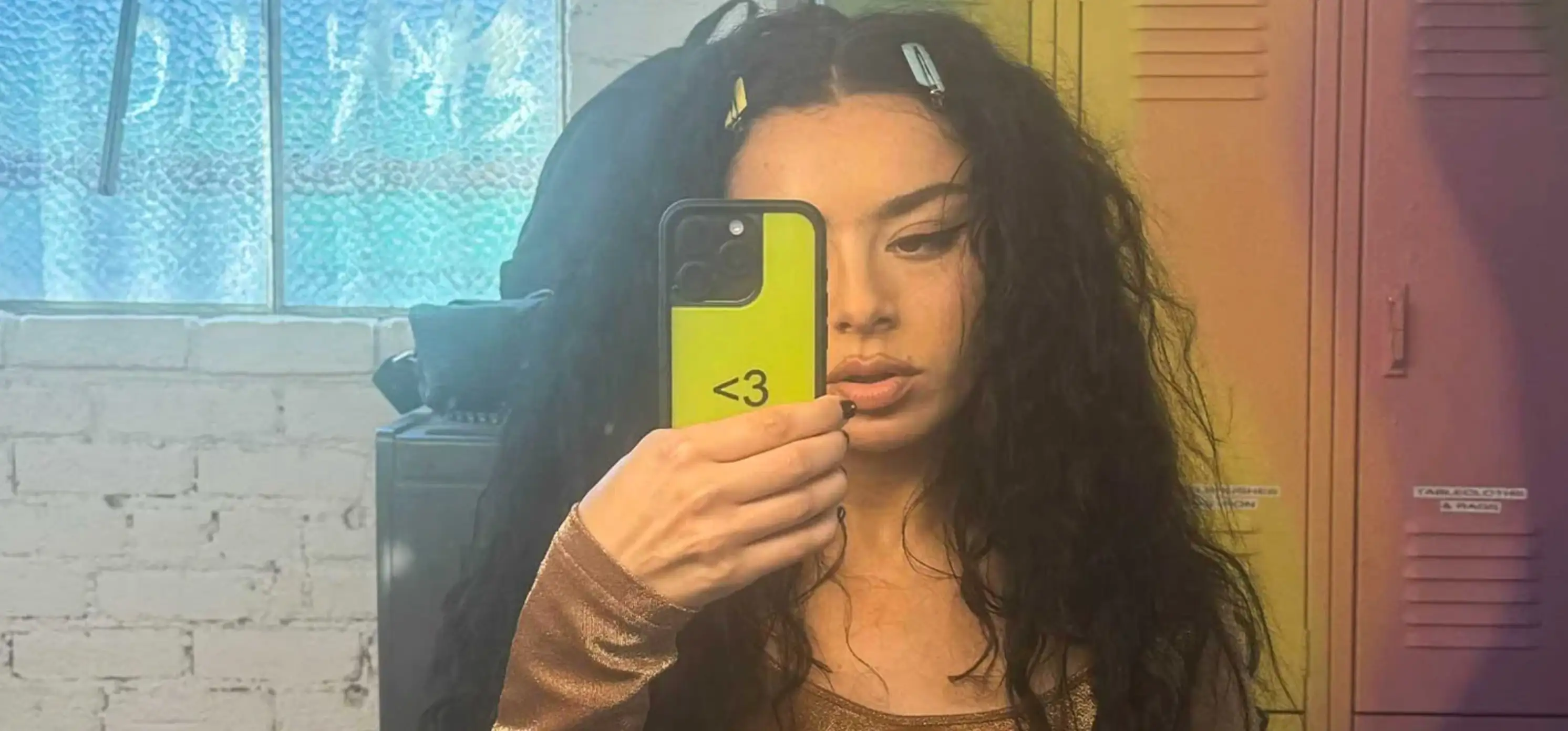What a TikTok Ban Could Mean for Users in the US and Canada
Updated on
Published on

TikTok Ban in the US and Canada: What It Means for Users, Creators, and Businesses
The US and Canada are both considering a ban on TikTok. For the millions of people who use TikTok every day, this has created a lot of controversy and questions. TikTok has gone to a point past entertainment, people rely on TikTok for daily news, quick recipes and sharing life hacks, personal advice and even therapy. If the ban goes through, it could have a huge impact. In this article, we’ll explain why the ban might happen, how it could work, and what it could mean for users, businesses, and creators. TikTok is one of the most used social media platforms with a market cap value of over $200 billion dollars but all of this can change in the near future.
Why the Governments Want to Ban TikTok
Privacy and Security Concerns
One major reason behind the proposed ban is data security. TikTok’s parent company, ByteDance, is based in China. Chinese law requires companies to share data with the government if asked. This could put TikTok user data at risk, which has worried officials in the US and Canada.
- Canada has already banned TikTok from government devices, calling it an “unacceptable” risk to privacy and security.
- The US is considering a similar ban and has told ByteDance that TikTok must sell its US operations to an American company if it wants to keep operating in the country. Source: Reuters.
Concerns About Misinformation and Influence
US and Canadian officials stress that TikTok could be used to influence public opinion. Because TikTok reaches millions of young users, propaganda and misinformation is a very big concern especially when it comes to politics and social issues.

How a Ban Could Work
If TikTok is banned, it could happen in several ways. Each option would have a different impact on users.
Ways a Ban Could Be Enforced
- Full Ban: The app could be blocked from app stores, making it impossible to download. Internet service providers could also block access, preventing users from opening the app altogether.
- App Store Removal: TikTok might be removed from Apple’s App Store and Google Play. This would stop new downloads, though users who already have it on their phones might still be able to use it. However, they wouldn’t get updates, and the app would likely become unstable over time.
- Forced Sale: The US government could require ByteDance to sell TikTok’s US operations to an American company. This would allow TikTok to keep operating under new ownership that wouldn’t raise the same security concerns.

What a Ban Would Mean for Users
A ban on TikTok would affect users in several ways, especially those who rely on it for social connections, content, and business. Especially the influencers called TikTokers, who solely rely on TikTok as their main platform to release content.
Loss of Social Connections and Content
For everyday users, TikTok has become a place to stay connected, learn new things, and find entertainment. If TikTok is no longer accessible, users would lose their saved content, connections, and favorite creators.
Challenges for Content Creators and Businesses
TikTok has over 150 million US users, with a significant portion of them in their teens and twenties. If the ban takes effect, businesses could lose access to a large, younger and engaged audience and would need to find new platforms to connect with them.
Higher Competition on Other Platforms
Without TikTok, platforms like Instagram Reels, YouTube Shorts, and Snapchat Spotlight would likely become the next best places for short-form video content. This would increase competition on these platforms as both users and creators flock to them, potentially making it harder for new creators to stand out.
What a Ban Would Mean for Brands and Marketing
Shift in Marketing Strategies
Brands that rely on TikTok to engage audiences would need to look for new ways to connect with their target markets. Many brands might shift to Instagram and YouTube, where they’d have to rebuild their following. The problem with this is that TikTok works better for audiences with lower attention spans, as the videos are short and easily skippable.
Learning Curves for Creators on New Platforms
TikTok creators who move to other platforms might have to adjust their style and content strategies. Each platform has its own unique audience, algorithm, and features. YouTube Shorts, for example, is a great place for how-to’s and quick tutorials.
Legal Challenges and Public Reaction
Legal Obstacles
In the US, TikTok has successfully challenged previous government efforts to ban it. In 2020, the Trump administration attempted to block TikTok, but the app filed a lawsuit and stopped the ban. If a new ban is announced, TikTok could likely challenge it again, which could delay a full ban for months or even years. Source: NPR
Public Backlash
TikTok has a massive, passionate user base, particularly among young people and Gen Z. If the government bans the app, there’s likely to be significant public backlash. Many users may see a ban as government overreach and might push back or protest against the decision. Petitions like Stop the Tik Tok Ban are already in action.

Preparing for a Possible Ban
If you’re a content creator or business that depends on TikTok, it’s smart to prepare for any changes. Here are some ways to get ready.
1. Build a Presence on Other Platforms
Start creating and posting content on platforms like Instagram Reels, YouTube Shorts, and Snapchat Spotlight. This helps you keep an audience outside TikTok and shows your followers where they can find you.
2. Establish a Community Outside Social Media
Consider creating a blog, website, or exclusive content channel to keep your audience connected. This way, even if TikTok becomes unavailable, or any other platform in the future, you can continue engaging your audience and building your brand on your own terms.
3. Strengthen Your Community Engagement
Make an effort to interact with your followers more directly. Reply to comments, encourage email sign-ups, and host live Q&As. This helps build a loyal audience that will follow you, regardless of where your content lives.
4. Stay Updated on News
This situation is escalating quickly, so keep an eye on the latest news. Staying informed will help you adjust your strategy as you go and avoid surprises if a ban takes effect.
TikTok Timeout
The future of TikTok in the US and Canada is still unclear, but the possibility of a ban is very real. For users, brands, and creators, staying flexible and being able to adapt to any circumstance is essential. The best way to prepare is by expanding your online presence and building a strong, connected community that will follow you wherever you go, even if TikTok clocks off.







